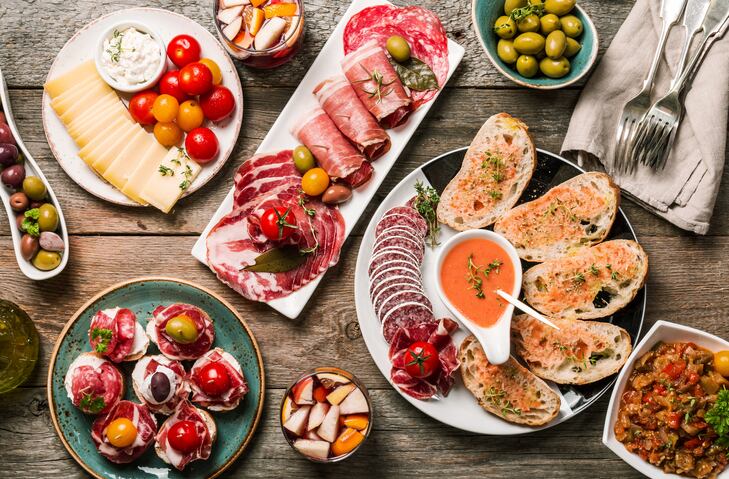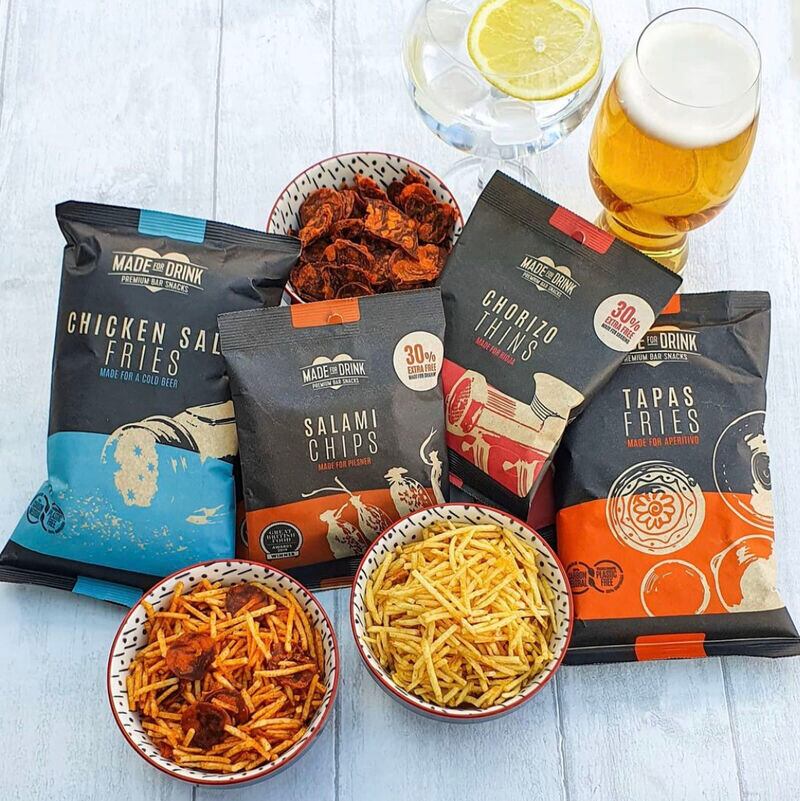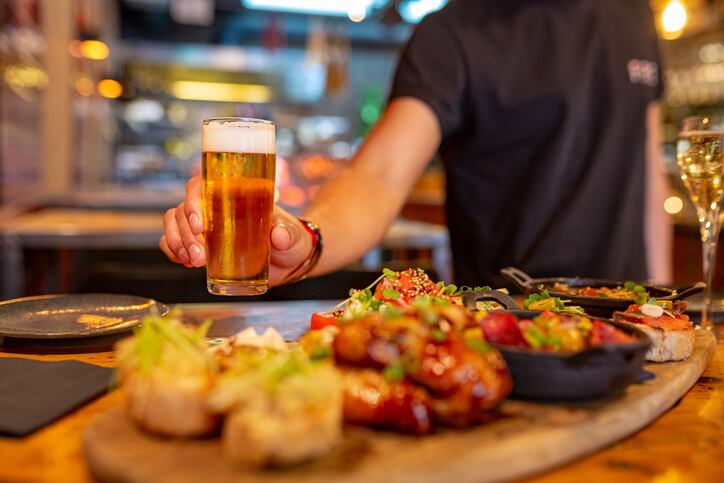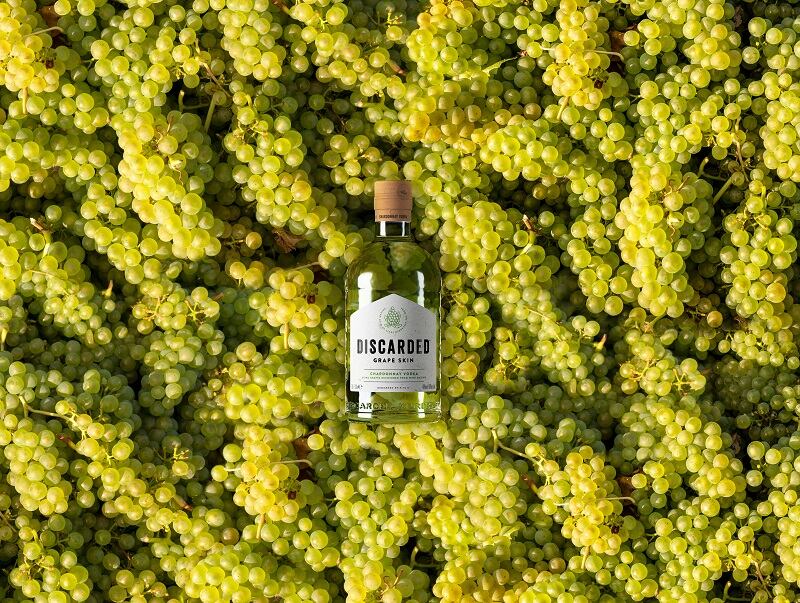Overall, UK consumers are drinking less than they were in 2020, according to Kantar data. People enjoyed 11 servings of alcohol per week in the 12 months to March 31 2020 compared to 10.8 in the same period in 2021, Kantar Worldpanel Alcovision data show. Interestingly, though, the figures reveal a consistent rise in the amount people pay per litre of alcohol, which is a strong indicator of shoppers choosing more premium products.
“Trends suggest that many people are gravitating more towards the idea of drinking less but better," said Michael Alcock, CEO of UK online craft beer retailer HonestBrew.
That's down to a few reasons, he explained. People have sought out alcohol to make life more bearable during lockdowns. At the same time, consumers are more health conscious ever. Meanwhile, the 'less but better' drinking trend was actually kickstarted as far back as 2003 when legislation allowed more pubs to stay open beyond 11pm: a move which initiated a slow maturing of Britain's infamous booze culture.
"It's no longer about 'how much I can get down me by 11pm'," said Alcock. "People have moved away from that culture of bingeing and have a more relaxed attitude to alcohol. Because of that, people are starting to explore what they drink more."
Drinkers are therefore enjoying a golden age of choice: from hoppy IPAs and pale pales, rich stouts and porters, lower alcohol 'table beers' and craft ciders, gins and vodkas.
“Just like with food, people are being more considerate about what they drink and want to understand a bit more about the provenance of what they drink,” said the CEO.
Innovation opportunities
All this provides fertile ground for exciting food NPD opportunities, particularly as beer and food is a sector where the rules are yet to be written.
"The world of beer is far less pretentious than the world of wine," explained Alcock. "With wine there are rigid sets of rules. You can't drink red wine with chicken and fish, for example. Beer doesn't come with that sort of baggage. What’s really interesting is that as people's attitude to beer has changed, so have attitudes to beer and food."
“Go back 20 years, for example, and the only foods that were deemed to go with alcohol were pork scratchings or a curry. What's really interesting now is that the world of beer is incredibly diverse and there's a huge range of tastes and styles, so people are experimenting more."

What pairs with what?
Table beers, or low-alcohol session beers, "go with everything" thanks to their full-flavour, layers of complexity and unimposing ABVs typically from 2-4%, he told us. “Table beers are known for being excellent food-friendly beers. With food providing a welcome distraction over the past year, whether it’s cooking from scratch, using meal kits or the treat of a takeaway; it makes perfect sense that this style has become a bigger feature of the at-home dining experience.”
Beyond that, heavier stouts and porters can pair well with decadent baked treats. “I have a Siren Caribbean Chocolate Cake stout with my Christmas pudding every year,” he revealed. Sour beers, on the other hand, which have an intentionally acidic or tart taste, work well with sour, sweet or bitter flavours. The sweetness and spice of Thai food meanwhile can help to offset the bitterness of a hoppy IPA.
"You could pick any food really and find a beer that works for it,” continued Alcock. “There’s a huge range and variation. The wide range of tastes that are available in beer mean there's always going to be a complementary taste to find in food.”
Does he have any advice for food brands wanting to tap into the home drinking trend? "Try and think differently from snacks. That’s already quite a populated area. I think the best place to start is the taprooms of the breweries. They know their beer inside out and a lot of them do complementary food pairings.” The brewer Northern Monk for example has a restaurant in Manchester which has a frequently changing menu of seasonal, locally sourced small-plate dishes and mains designed to match the brews.
"Food brands should also understand what are those occasions when people are now drinking beer now. It's far different to what it was 20 years ago. They should therefore look to think what foods can complement those occasions.” It’s now becoming socially acceptable for consumers to drink low to know alcohol during lunchtimes, for example.

Shifts in consumer behaviours inspires new flavours and formats
One company looking to exploit opportunities in food and alcohol pairings is The Pished Fish, a UK brand that makes Scandinavian-inspired alcohol- and botanical- infused smoked salmon. It says shifts in consumer behaviour, such as the trend of shoppers seeking permissive indulgence and restaurant-quality products at home, has inspired it to invent new flavours and formats. Its latest creation is a pale ale, black pepper and lemon zest smoked salmon ‘to celebrate craft ale's ongoing renaissance’.
Another company riding the booze and food wave is Made For Drink. The UK brand makes premium bar snacks designed to pair with different drinks. Its latest product is Chicken Salt fries best enjoyed with a cold beer.
The company’s founder Dan Featherstone agreed there are innovation opportunities to be had which exploit consumer desire for permissive indulgence and 'less but better quality' experiences. “My business has grown on the back of consumer demand for better snacks to accompany the rise of craft beers and spirits,” he said. "We're a premium brand but we're still managing to achieve the category average rate of sale. It's all based around the in-home experience and enjoying something that's really nice. People get bombarded with ideas of living better and eating healthily. But if you try and live your whole life like that it's just exhausting and a bit boring.”
Alcohol, he observed, allows consumers an important moment to treat themselves ‘at the end of a week spent working hard and doing the right things’. Salt and fat, meanwhile, are ‘magical’ accompaniments. “Salt has a physical impact on the way you taste food and drink, for example. If you have anything that's salty it will balance out the beer and make it taste more fruity and more full bodied because it's stopping any of those bitter tastes. It allows your mouth to taste all the fruits.”
Provenance key
He eyes scope to further tap into the 'less but better' movement with new products. "I've always believed that if you eat food and drink from the same place it's really good bet it’s going to taste nice together,” he noted. “Our Salami Chips are from Hungary in Eastern Europe, so we recommend that they go with a Pilsner-style lager from that part of the world.” In this vein, the company’s next launch will be crisps made from 100% Yorkshire potatoes and seasoned with English truffles. Featherstone also hopes to revamp the aforementioned pork scratching.
He also sees an opening away from snacks into small meals and Aperitivo and tapas dishes. “The opportunity for us as a brand is to create that badge that stands for something nice that goes with a drink. That could sit across multiple categories. It could be in frozen or in the fresh deli section.”



